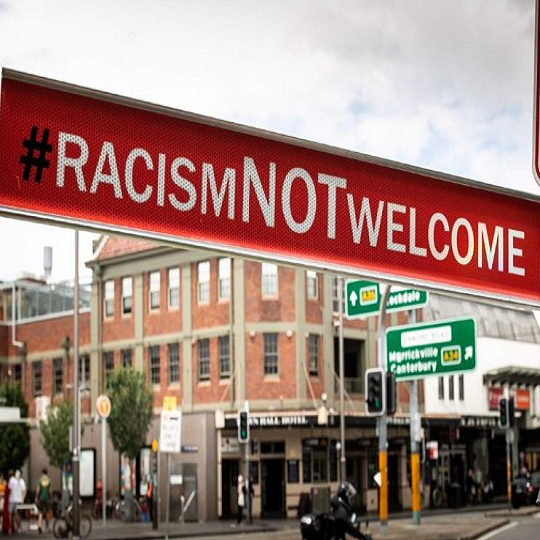Three decades ago, the first Eurostar train carrying paying passengers set off from London’s Waterloo station for Paris. While many of the headlines on November 14 1994 focused on the historic journey, others speculated about what the tunnel would mean for business and trade. Eurostar was “set to steal the airline show”, with ferry companies “bracing for the fight”. And there were hopes of a trade boost for the UK.
Author
- Alison Carrol
Reader in European History, Brunel University of London
The predictions were part of a long history of imagining a tunnel under the English Channel and what it would mean for both Britain and France. (The first proposal was reportedly made to Napoleon Bonaparte in 1802, with the engineer behind the plan believing it could end the Napoleonic Wars.)
Later proposals pointed to the number of people who crossed by boat train as evidence of the profits that a tunnel could make, and a government survey in 1883 highlighted the benefits for transporting perishable or fragile goods.
In 1919, the question of the was set to a group of French students in their final exam before graduation. One answer imagined the trade and economic boost it would bring, and predicted that it could even “spell the end of tariffs between Britain and France”.
In 1929, when the British government launched a survey of hoteliers and travel agents, many predicted that a tunnel would lead to a decline in tourism in Britain, as holidaymakers would head to Europe.
By 1986, when the then UK prime minister Margaret Thatcher and French president François Mitterand signed the Treaty of Canterbury, paving the way for a tunnel, commentators imagined the end of air and ferry travel to Europe, as well as the advent of short services to allow commuters to travel between Kent and the Pas-de-Calais for work.
A advertised trains linking all corners of Britain with Copenhagen, Warsaw, Naples and Madrid. Thatcher herself had high hopes for the tunnel, which she was optimistic would cement the single market and bring economic benefits to Britain.
The arrival of the tunnel
But many of the predictions did not come to fruition. For the first decade of Eurostar’s operation, passenger numbers were around six million per year and in 2013 it finally reached its target of annually.
Taking Eurostar (the company behind the high-speed passenger service) and Eurotunnel (the company running the freight and vehicle shuttle between Folkestone and Calais) combined, passenger numbers were relatively stable between 2012 and 2019, ranging between 20 and 21 million per year. But then numbers fell sharply to in 2021 as they were hit by the combined impact of COVID and the Brexit agreement, and in January 2023 Eurostar announced that its passenger numbers had dropped by 30% compared to pre-Brexit numbers.
Passenger numbers have since picked up, and in 2023 travelled by Eurostar. The company has responded to growing interest in sustainable travel with plans to increase its fleet by up to . But things are likely to be difficult with the imminent arrival of for passengers entering the EU.
In truth, the fortunes of Eurostar have always been bound up with politics, and with its history.
Thatcher had stressed that the tunnel’s construction had to be paid for by private finance. This meant that the companies involved needed to recoup the costs of the project (£4.65 billion, or the equivalent of £12 billion in today’s money). This resulted in high charges for passengers and freight trains.
Elsewhere, fears that the tunnel could be a target for terrorism led to strict safety regulations that made it difficult for short commuter services to run. And, while many had expected Eurostar to kill off air travel between Britain and Europe, deregulation in the aviation sector has meant that competition with low-cost airlines ensured that planned long-distance night trains never materialised. The rolling stock for Nightstar (as it was to be known) was instead sold to the Canadian railways.
While November 14 is the paying passengers anniversary, May 6 1994 was when the first train travelled between Britain and France carrying Elizabeth II to meet President Mitterand.
In May this year, French president Emmanuel Macron marked that anniversary by on X (formerly Twitter): “Thirty years ago the Channel Tunnel finally linked the United Kingdom and France! This feat brought people closer together, gave new impetus to our trade and confirmed the strength of our political relationship.” In contrast, British prime minister Rishi Sunak was silent on the matter.
Britain now has a new government, one that says it is determined to its relations with Europe, as signalled by foreign secretary at the EU’s foreign affairs council in October.
But the government is dogged by the same issues that affected its predecessor; notably the attention devoted to small boat crossings, and the question of what the UK’s relationship with Europe will look in future. It’s a question that has been made all the more pertinent as both parties assess the implications of the next Trump presidency in the US.
The anniversary of the Channel tunnel’s first paying passengers offers a crucial opportunity to signal a reset of relations and for the UK to demonstrate leadership on the central issues of trade and migration. This will have implications for Eurostar’s financial fortunes too.
![]()








